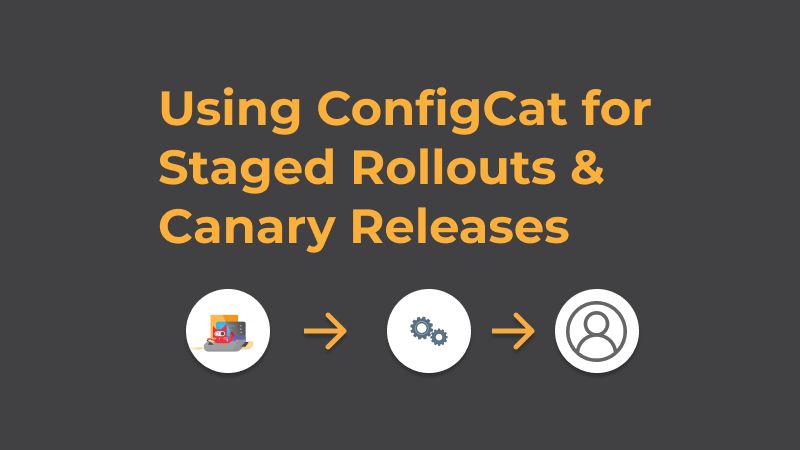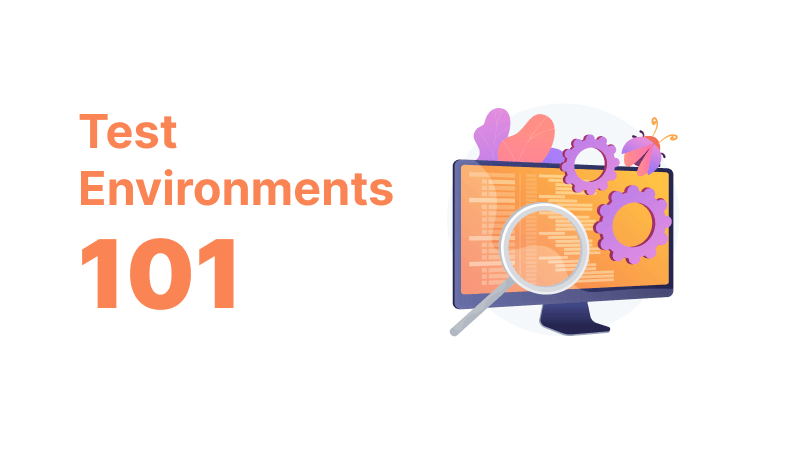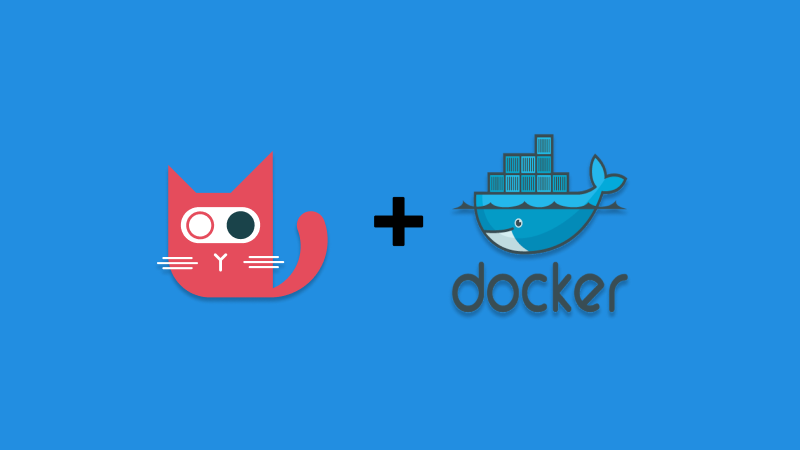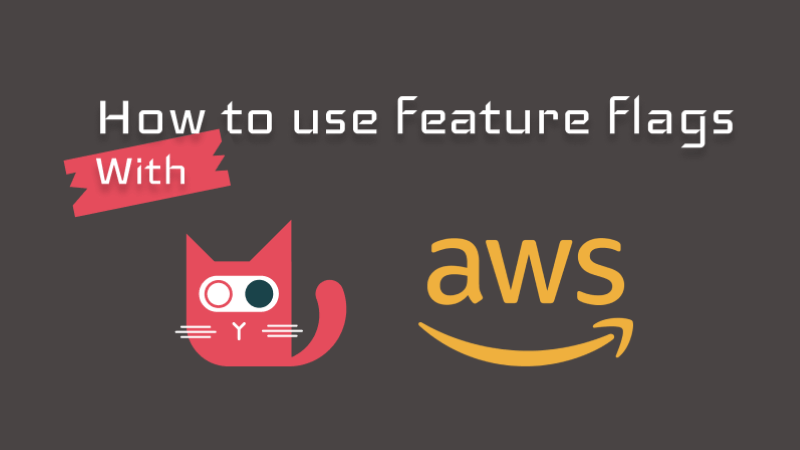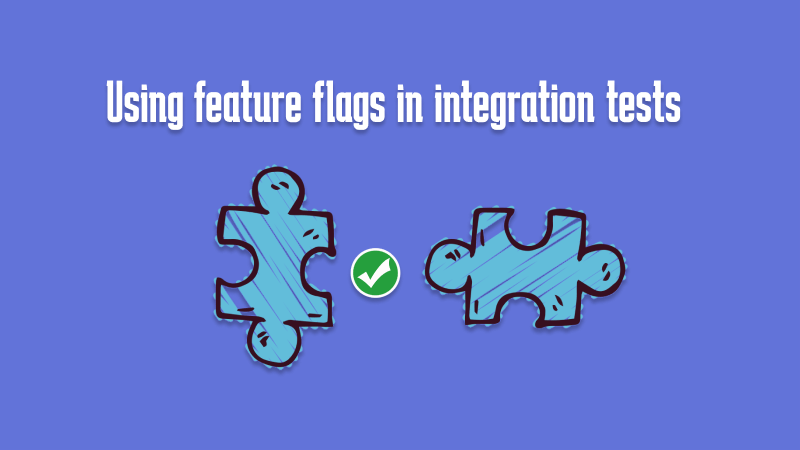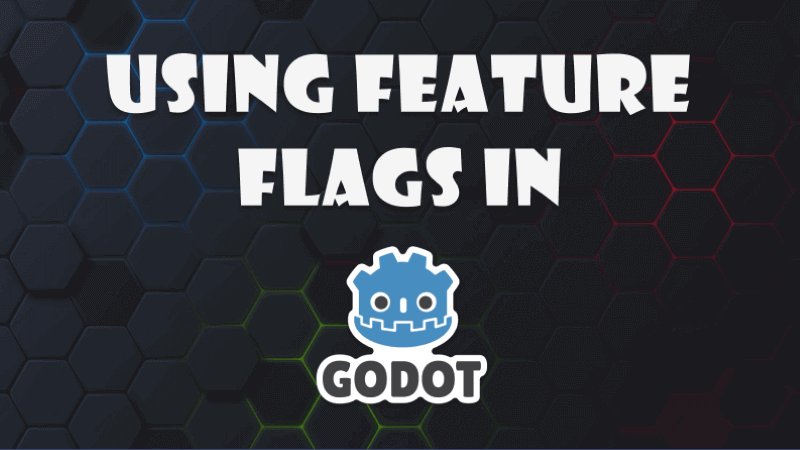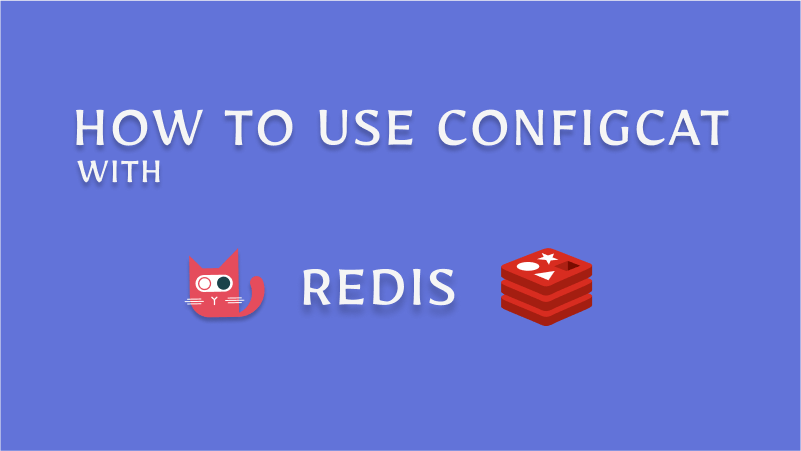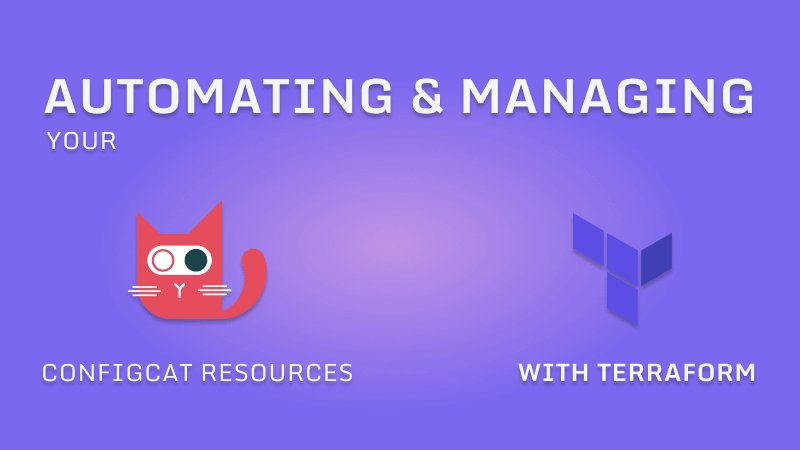Using Feature Flags with Machine Learning Models
Machine learning models are the core building blocks of artificial intelligence. As of this writing, a popular AI chatbot circulating in the media and tech industry is ChatGPT. It uses several large generative language models under the hood and can perform tasks that some might describe as super-human.
This advancement in AI showcases the potential of machine learning models and their transformative impact. With the number of machine learning libraries available on the internet, you can even develop your custom models. What's even better is that you can decouple the features of your model and control how they behave using feature flags.


